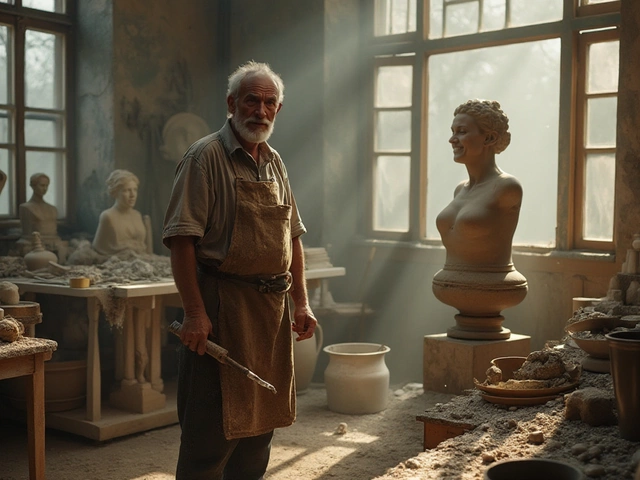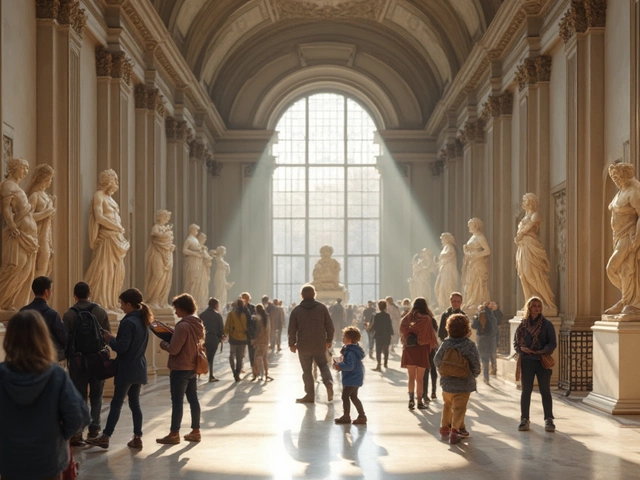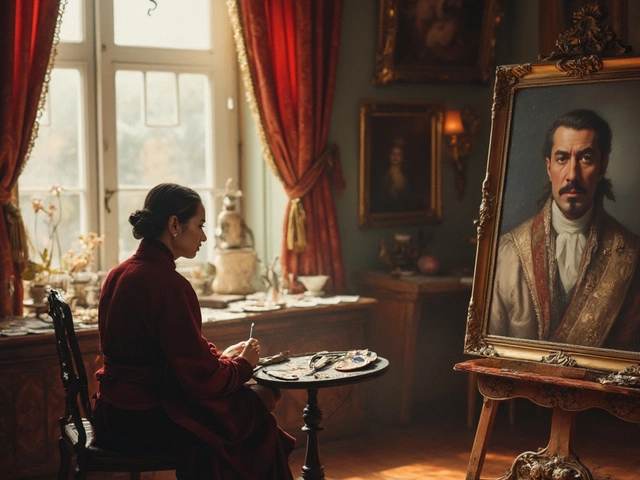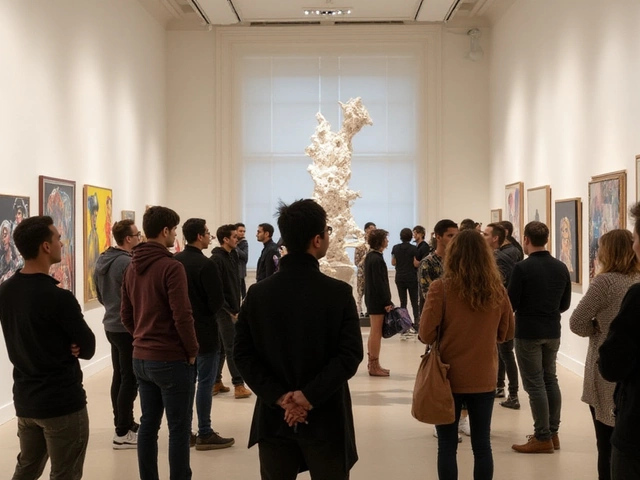Street Art
When you hear street art, a vibrant mix of graffiti, murals and public installations that transform walls into storytelling canvases. Also known as urban art, it thrives on public spaces, community interaction and often a dash of rebellion. Street art isn’t just paint on brick; it’s a cultural dialogue that reaches pedestrians, tourists and local businesses alike.
One major cousin of street art is digital art, the use of software and devices to create images that can be projected onto walls or printed as large‑scale pieces. Artists blend digital sketches with spray cans, letting the precision of a tablet meet the spontaneity of a street wall. Another close partner is abstract art, a style that emphasizes shapes, colors and forms over realistic representation. When abstract concepts take shape on a city façade, they challenge viewers to interpret meaning beyond literal scenes. Finally, modern art, the broader movement from the late 19th century onward that embraces experimentation and new media provides the philosophical backdrop that legitimizes street creations in galleries and academic discussions. Together, these entities form a creative ecosystem: street art requires a public canvas, draws techniques from digital art, often adopts abstract visual language, and sits within the modern art narrative that values innovation.
What does this mean for anyone scrolling through our collection? Below you’ll find a mix of practical guides, history deep‑dives and fresh perspectives that cover everything from monetising digital‑enabled murals to understanding why abstract forms work so well on brick. Whether you’re an aspiring muralist, a curator looking for the next city‑wide project, or simply a curious passerby, the posts ahead give you tools, stories and trends that shape the street art scene right here in Pembrokeshire and beyond. Dive in and see how these overlapping worlds shape the walls around you.
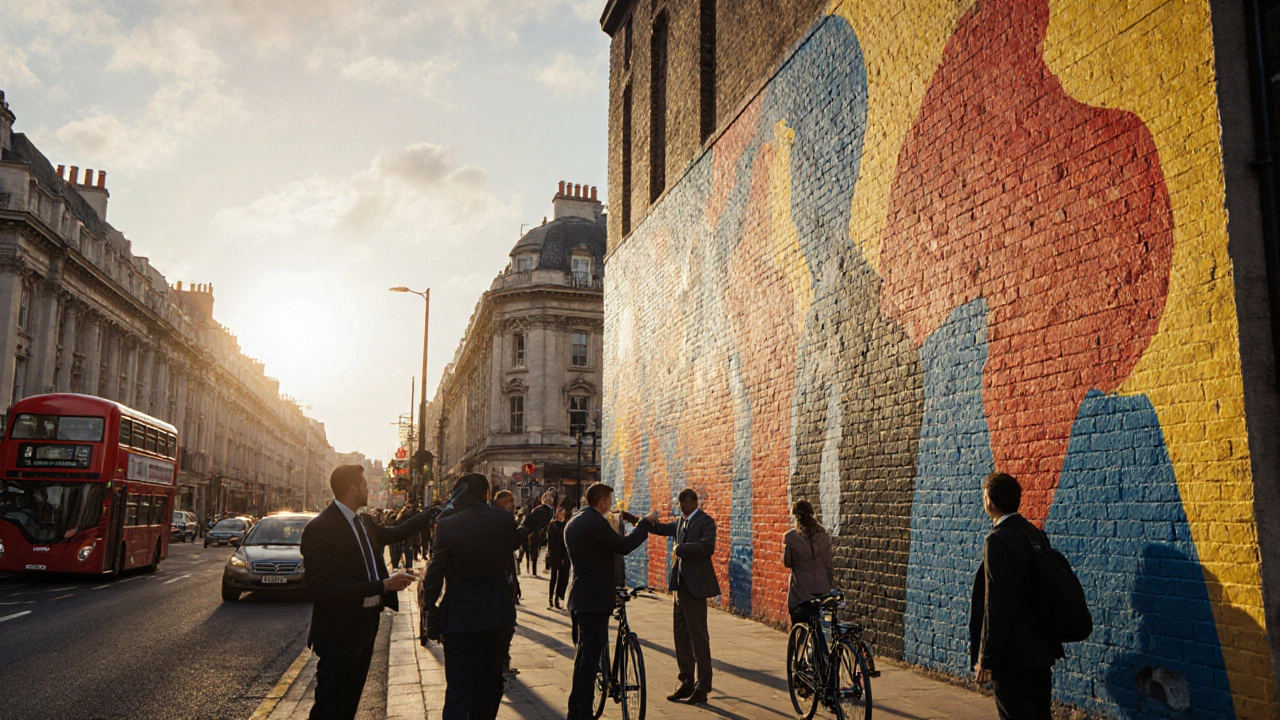
Explore the core purpose of street art, its social impact, legal aspects, and how artists measure success, all with real examples and practical tips.
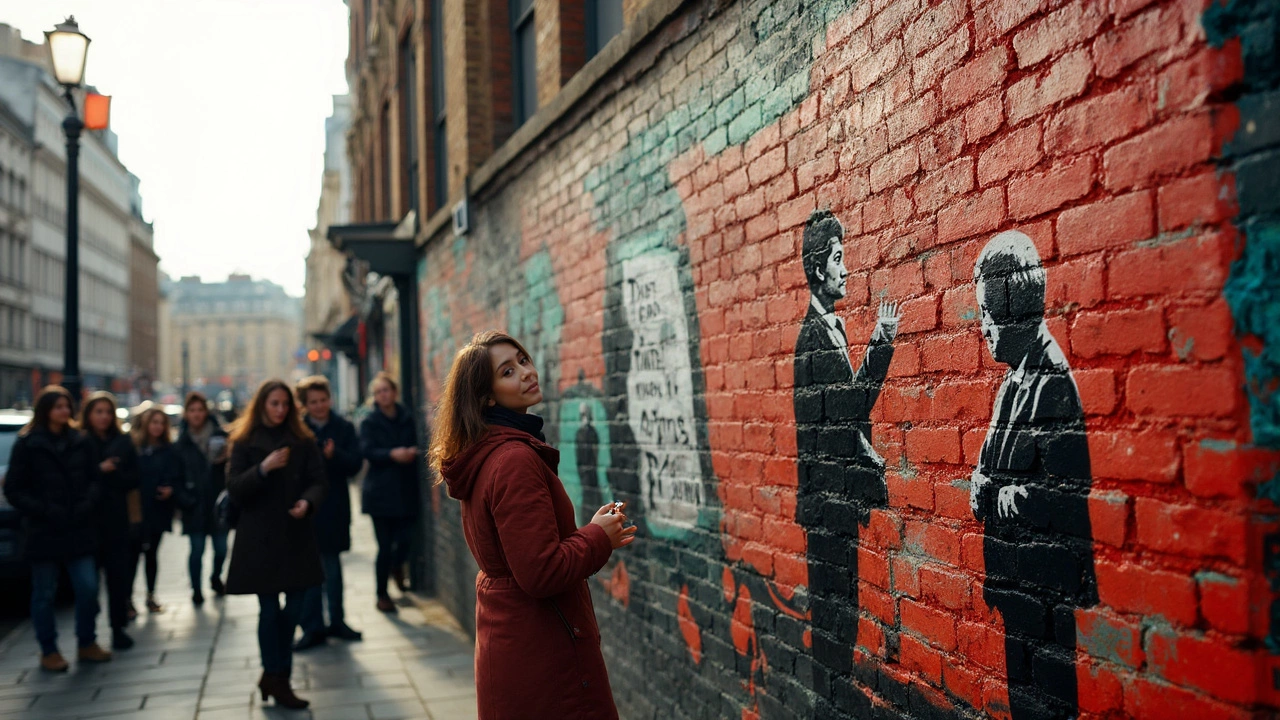
This article explains what contemporary art means today by zooming in on a specific example—Banksy, one of the most talked-about modern artists. You'll learn what makes his work unique, why it stands out in the world of art, and how it changes the way many people think about art in public spaces. Get ready for real-world examples, surprising facts, and simple tips for spotting true contemporary art. See how one artist's creativity has sparked conversations across the globe. No confusing jargon, just straight talk about art that matters right now.
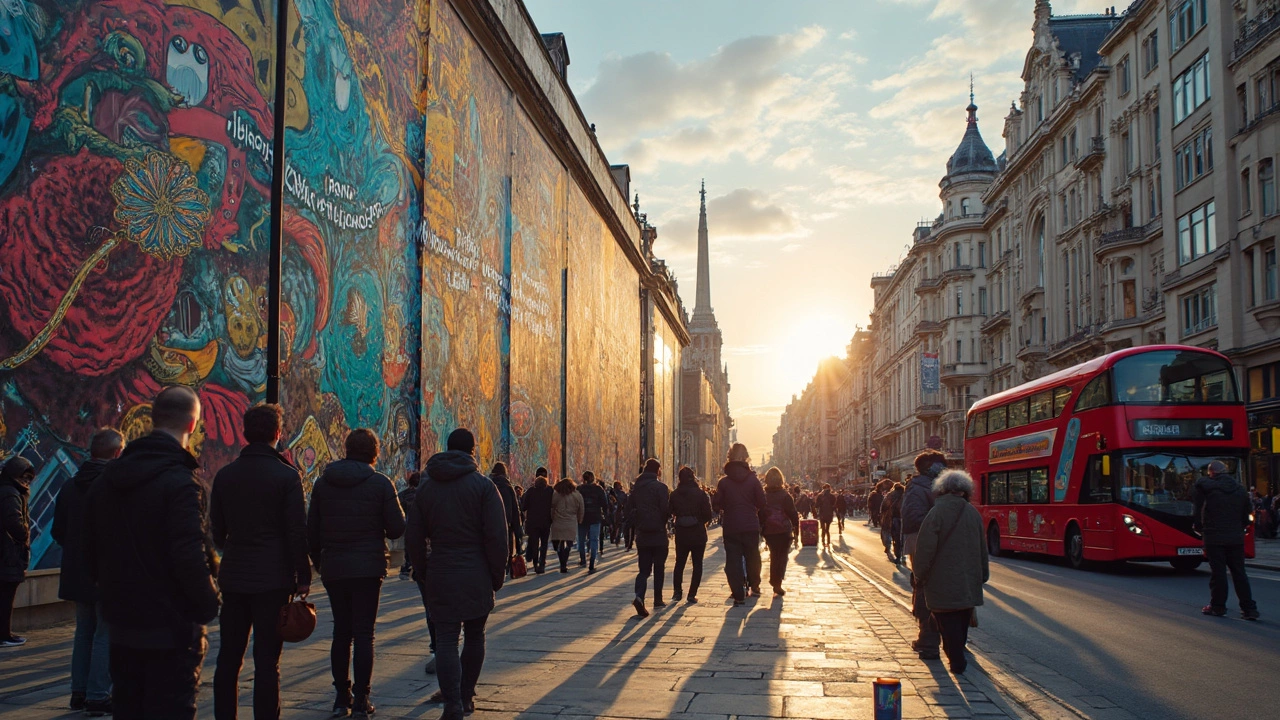
This article breaks down what street art really is, how it got started, and why it's way more than just spray paint on a wall. You'll find surprising facts about famous street artists and what sets street art apart from vandalism. Plus, you'll get tips on spotting the difference between legal murals and illegal graffiti. Perfect for anyone curious about why cities are covered in artwork, not ads.
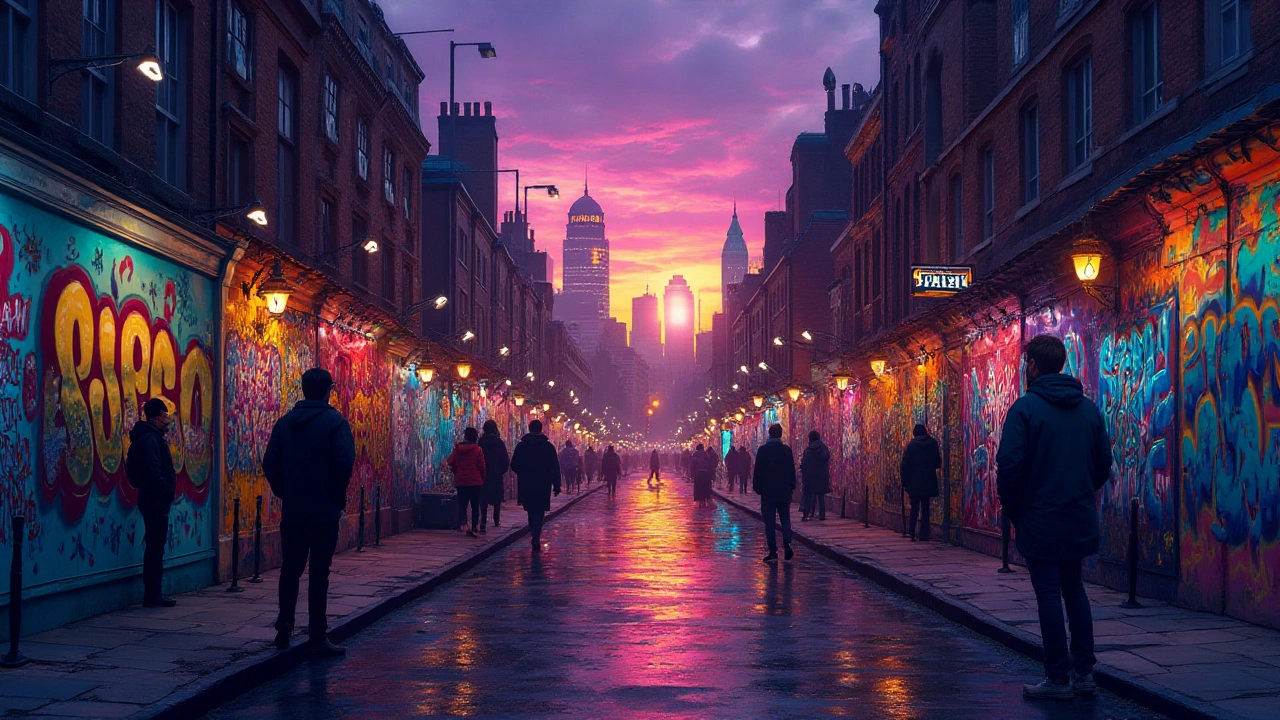
Graffiti has long walked the fine line between art and vandalism. It colors the walls of cities, offering voices to those who feel unheard, yet often stirs controversy for defacing property. This article delves into the complex world of graffiti, assessing its artistic merit and societal impact. We'll explore its roots, cultural significance, and the ongoing debate on whether graffiti enhances or detracts from its surroundings.

Street art has blossomed into a significant cultural force, with various forms capturing the attention of urban dwellers and art enthusiasts alike. From expressive graffiti that tells emotional stories to the intricate and often political murals, street art remains diverse in style and purpose. As its popularity grows, new forms such as stencil art and installations continue to emerge, adding to the dynamic street art scene. This article explores the most popular forms of street art and offers insights into their unique characteristics.
